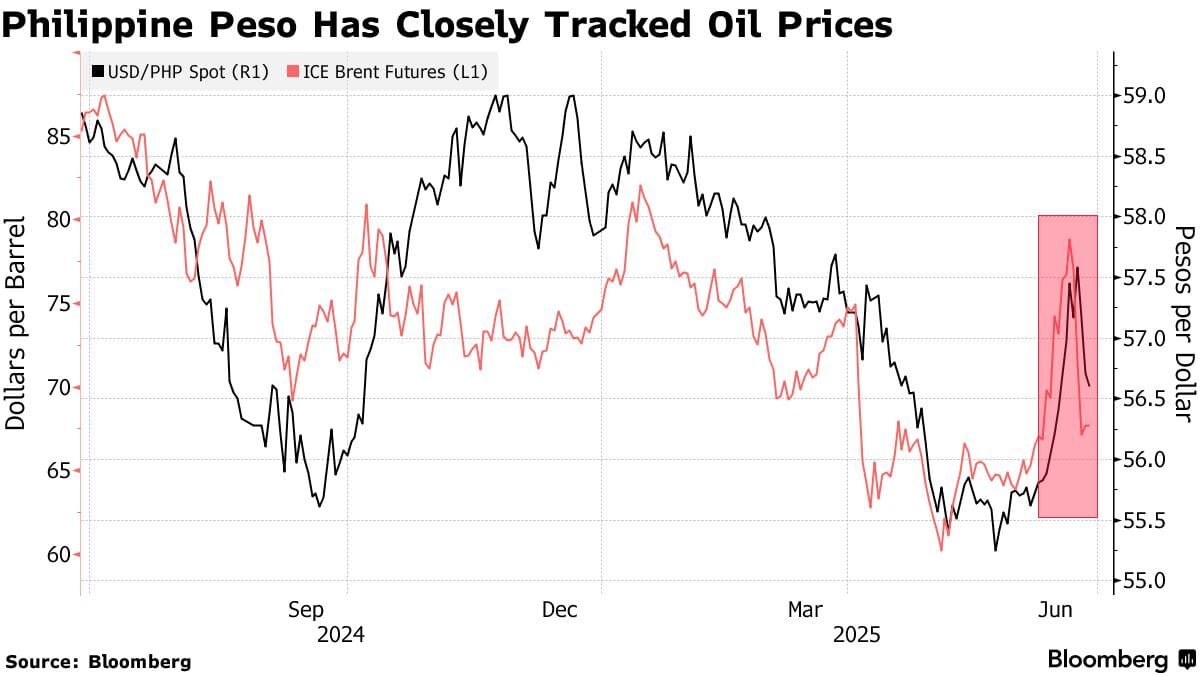The Philippine government recently announced new fuel price rollbacks, aiming to support consumers amid rising inflation. Gasoline prices dropped by ₱0.70 per liter and diesel by ₱0.10 per liter in July 2025. This move, known as the Philippines Oil Price Cut Impact, is expected to ease household and transport costs, giving people a bit more breathing room.

Second Consecutive Week of Fuel Rollbacks
This latest price cut follows even larger reductions the previous week, when gasoline fell by ₱1.40 per liter, diesel by ₱1.80 per liter, and kerosene by ₱2.20 per liter. The consecutive rollbacks mark a significant shift after weeks of steady fuel price hikes, providing long-awaited relief for Filipino drivers and operators.
These rollbacks are part of a broader effort to soften inflationary pressures. With inflation recently ticking higher, many households have struggled to keep up with rising transport and food costs. By directly lowering fuel expenses, the Philippines Oil Price Cut Impact helps reduce the overall cost of living.
Direct Savings for Motorists and Operators
While a ₱0.70/liter discount for gasoline and ₱0.10/liter for diesel may seem modest, these reductions provide immediate savings. For motorists and public transport operators who rely heavily on fuel, every peso saved can make a difference.
Drivers can reallocate these small savings toward other basic needs, such as food and utilities, slightly boosting their disposable income. This effect, even if incremental, can support daily spending and improve financial stability for lower-income households.
Philippines Oil Price Cut Impact: Support for the Transport Sector
The transport sector, which includes public utility vehicles (PUVs), non-PUV operators, and ride-hailing drivers, stands to benefit significantly. Fuel makes up a large share of operational costs, and any reduction helps improve profitability and service sustainability.
To further strengthen this impact, nine major oil companies have committed to providing targeted discounts to drivers. This collaboration between the government and private oil firms underlines the proactive approach to address inflation and support critical sectors.
Positive Ripple Effects on the Economy
The impact of the price cut extends beyond the pump. Following global oil price declines, the Philippine Stock Exchange index (PSEi) rose by 0.46%, reflecting renewed investor confidence. A more optimistic market outlook can encourage investment and support economic growth.
Meanwhile, the Philippine peso, which had lost over 3% earlier in the month, stabilized thanks to lower oil import costs. For an oil-import-dependent country like the Philippines, cheaper oil reduces the pressure on foreign exchange reserves and helps support a more stable currency.
Inflation and Consumer Spending Outlook
Economists note that falling fuel prices are crucial in managing inflation. By easing cost pressures on transportation and logistics, these reductions help slow the rise of goods and service prices. In turn, consumers feel more confident to spend on essentials and discretionary items, boosting overall economic activity.
However, experts caution that these rollbacks, while helpful, are not a permanent fix. Sustained efforts in monitoring global oil trends, strengthening local supply chains, and encouraging energy efficiency remain key to long-term price stability.
Philippines Oil Price Cut Impact: Toward Economic Relief
Based on the explanation above, the Philippines Oil Price Cut Impact showcases a strategic move to support consumers and stabilize the economy amid inflation concerns. With coordinated efforts between the government and private sector, these price cuts offer timely relief to millions of Filipinos, while strengthening confidence in the country’s economic resilience.
Have You Read:
Trends & Insights in the Philippines Marketing Strategies 2025
The Philippines Fintech Market Expansion is Transforming Finance

